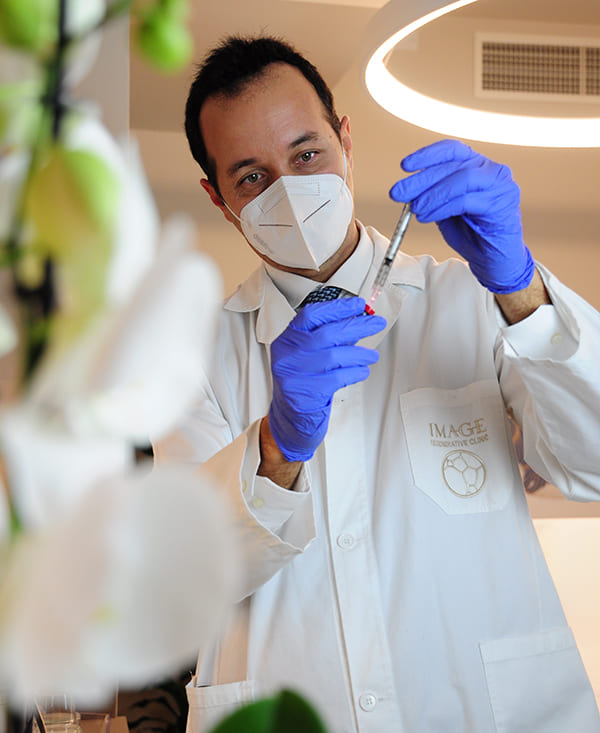Two innovative aesthetic medicine treatments utilize botulinum toxin in differentiated ways: one to stimulate collagenesis and lift, the other to prevent wrinkle formation through gentle muscle relaxation.
Dr. Paolo Salentina, physician at Image Regenerative Clinic and aesthetic medicine professor at the University of Pavia, explains these treatments.
What are Microbotox and Babybotox?
Microbotox and Babybotox are two distinct methodologies. Microbotulinum involves injecting botulinum toxin into the dermis rather than the muscle, as in traditional botox. It is administered through mesotherapy using a specialized device with millimetric microneedles that allows treatment of the entire face, including contours, periocular area, and neck, without bruising risk, as the toxin remains superficial and doesn't affect musculature.
Babybotox is traditional botulinum injection into muscle, but with a preventive approach, aiming not to correct existing wrinkles in the upper third of the face but to relax the area sufficiently to prevent their formation.
What are the effects of Microbotox?
Microbotox energetically stimulates fibroblasts, which are responsible for collagen and elastin production, increasing these substances throughout the face, including the delicate periocular region. The result is revitalized, regenerated, smoother, and redensified skin, particularly noticeable along the jawline and facial contours.
Multiple clinical studies demonstrate botulinum's efficacy in the dermis, beyond its known muscular action. This dual action yields results in both skin texture and muscle relaxation.
What are the results of Babybotox?
Babybotox is indicated for patients between 20 and 35 years who wish to prevent expression lines in the upper third of the face. The preventive approach helps avoid more invasive corrections in the future. The treatment involves specific dilution and reduced dosages, targeting the superficial muscle layer.
The effect is subtle yet effective: patients won't notice dramatic changes, but achieve a more rested appearance and natural expression that maintains over time.
Clinical Considerations
It's important to note that treatment indication doesn't solely depend on age but on individual clinical assessment. A mature patient might benefit from Babybotox if significant wrinkles haven't developed, while a younger patient with marked expressions might require traditional botulinum.
The safety and efficacy of both treatments are supported by clinical evidence but require thorough professional evaluation and proper patient selection. The minimum age for treatment is 18 years, and each case is evaluated individually considering anatomy, facial expressions, and patient objectives.
